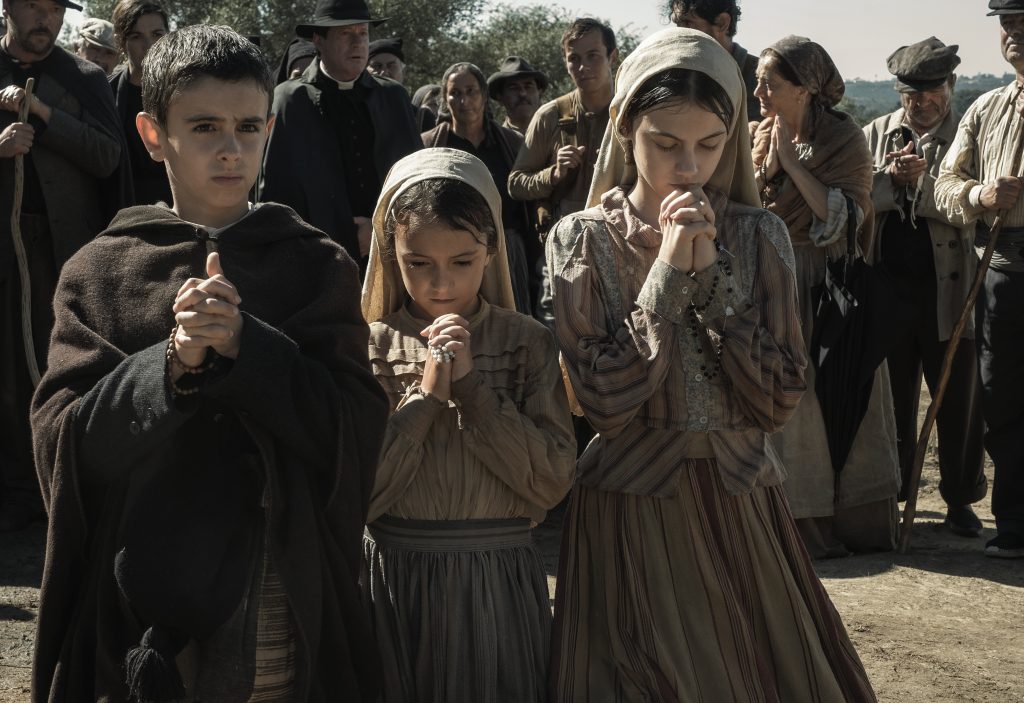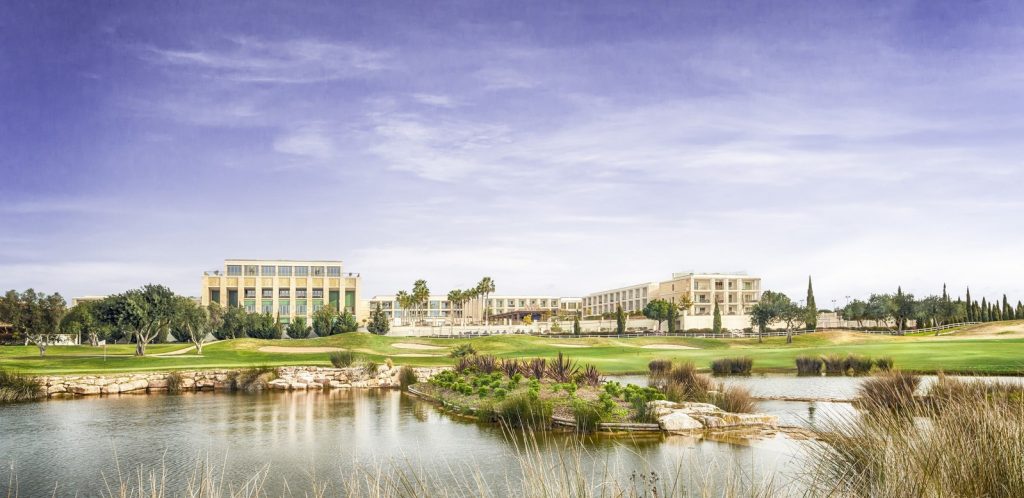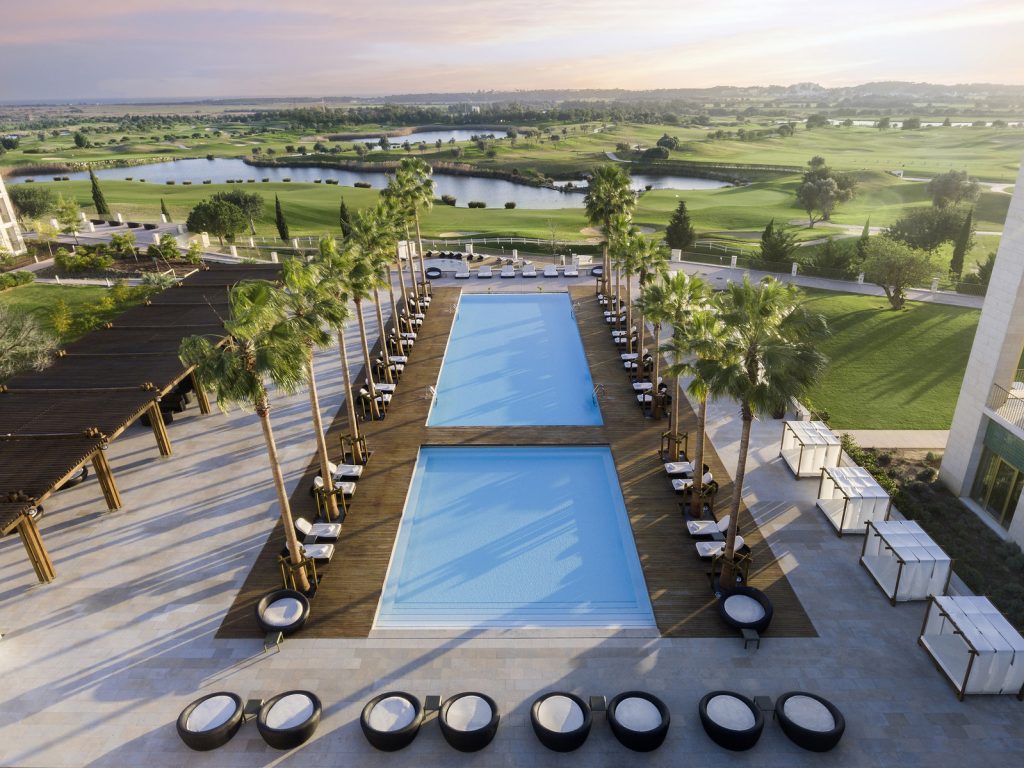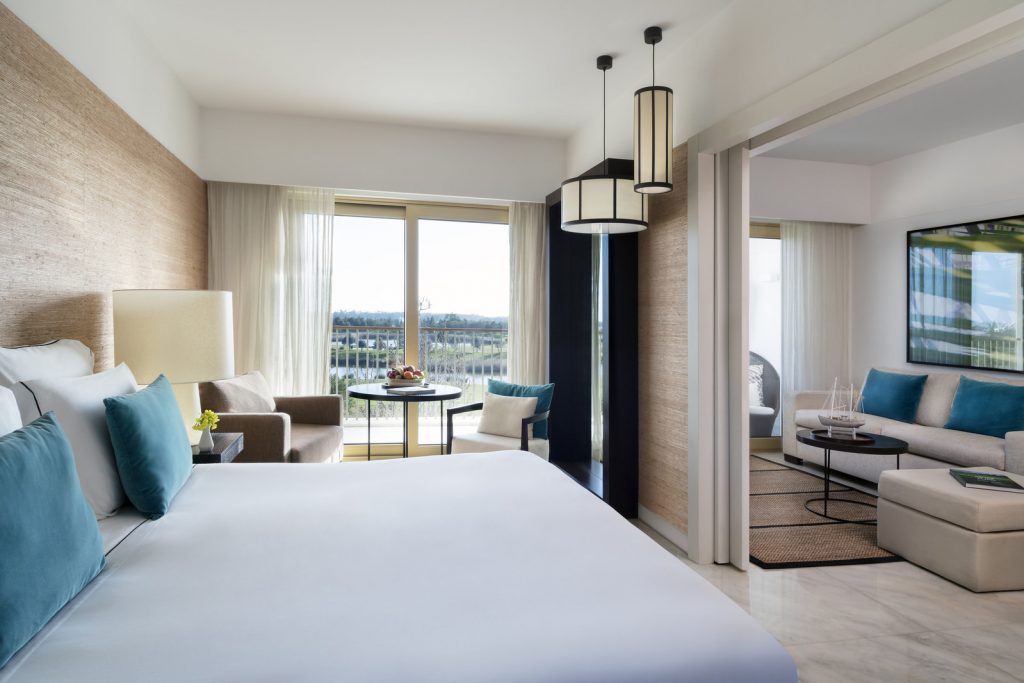August 27, 2020
by Carla Hay

Directed by Marco Pontecorvo
Culture Representation: Taking place in Portugal mostly in 1917 and briefly in 1989, the religious drama “Fatima” features a cast of mostly Portuguese characters (although many of the actors portraying them are from other countries, such as Spain and Brazil), with one American, representing the middle-class and working-class.
Culture Clash: Controversy ensues after two girls and a boy claim to see visions of the Virgin Mary in Fátima, Portugal.
Culture Audience: “Fatima” will appeal mostly to people interested in Catholic history or stories of religious miracles, but the movie takes such a dull and repetitive approach to the subject matter that it might turn off viewers looking for a more substantial film.

Do you believe in miracles? The answer to that question might determine how inclined you might be to watch the religious drama “Fatima,” which is based on the true story of three Catholic children in Portugal who claimed to communicate with the Virgin Mary, beginning in 1917. Regardless if viewers have any religious or spiritual beliefs or not, the movie is so boring that it treats the subject matter as if should be told as a repetitive and droning religious lecture instead of an intriguing story with richly detailed characters. Unfortunately, director Marco Pontecorvo infuses the movie with too much tacky melodrama that cheapens the impact of the “miracle scenes.”
Most of the movie takes place in 1917, when Portugal was fighting in World War I, but parts of the movie are intercut with scenes that take place in 1989. In the 1989 scenes, an elderly Portuguese Catholic nun named Sister Lúcia (played by Sônia Braga) is being interviewed by an American visitor named Professor Nichols (played by Harvey Keitel) at her convent in Coimbra, Portugal. Professor Nichols is a religion scholar who doesn’t believe in miracles, while Sister Lúcia is famous for saying that she experienced miracles.
Professor Nicholas is visiting Sister Lúcia to ask her about her miracle experiences that she had as a child, when she and two of her cousins were at the center of a religious controversy. The professor and the nun agree to disagree on whether or not what she experienced was real. And they admit that have both have a fascination with people who have views that are opposite of their own opinions. Sister Lúcia laments to Professor Nichols that people still haven’t learned from the messages of peace that she got from her heavenly visions.
The movie’s flashbacks to 1917 show that 10-year-old Lúcia (played by Stephanie Gil) was a spirited and fairly obedient child who lived with her family in the village of Aljustrel, on the outskirts of Fátima, Portugal. Lúcia frequently accompanies her strict and religious mother Maria (played by Lúcia Moniz) to the village for shopping trips. Maria and Lúcia also gather in the village square for announcements about which local soldiers have died or have been declared missing. These tension-filled and emotional scenes demonstrate the harsh realities of war experienced by the soldiers’ loved ones who are left behind to worry about the soldiers’ well-being and fate.
“Fatima” doesn’t waste time showing that Lúcia has the ability to see religious visions. In one of the movie’s early scenes, Lúcia is in a cave, where she not only sees and hears a female angel, but Lúcia also sees visions of her bother Ti Manuel, also known as Manuel (played by Elmano Sancho), who is a soldier in the war. This scene is an example of the simplistic dialogue and schmaltzy direction that plague most of this movie.
“Who are you?” Lúcia asks the angel. The angel replies, “I am the angel of peace. I am the angel of Portugal.” While Lúcia sees terrible visions of a battlefield, she calls out desperately to Manuel, while doom and gloom music plays as if Lúcia is in a haunted house. “They don’t seem to want to stop,” the angel says of the people fighting in the war. The angel then leads Lúcia in a prayer session.
Lúcia comes from a family of farmers, so she helps out as a shepherd. One day, while she and her two younger cousins Jacinta (played by Alejandra Howard) and Francisco (played by Jorge Lamelas) are outside playing in a remote field in Fátima, they see a vision of the Virgin Mary (played by Joana Ribeiro). Actually, Lúcia sees the Virgin Mary first, and then Jacinta and Francisco see the Virgin Mary too.
Lúcia is the one with the best communication with the Virgin Mary, since the Virgin Mary speaks directly with Lúcia at all times, while Jacinta and Francisco (who are siblings) sometimes can’t hear what the Virgin Mary is saying. The Virgin Mary tells the three children that they must meet her at that location at the same time, every month for the next six months. Lúcia and Francisco tell Jacinta to keep this vision a secret, but Jacinta tells her parents, and soon the word spreads, causing alarm with some of the adults in the area.
Lúcia’s mother Maria is immediately skeptical that the children saw the Virgin Mary. She takes Lúcia to see a priest named Father Ferreira (played by Joaquim de Almeida), who also doubts that Lúcia is telling the truth. He warns Maria that even if Lúcia saw any visions, these visions could be the devil working in disguise. This thought makes Maria more determined to get Lúcia to try to go back to being a “normal” child, especially when Maria thinks that Lúcia could be branded as mentally ill or possessed by the devil.
Maria’s methods of controlling Lúcia are sometimes harsh and abusive, since she punishes Lúcia by slapping her and making threats, such as telling Lúcia that if these visions ruin the family, Maria will never forgive Lúcia. Maria also becomes irrational when she tells Lúcia that if Manuel doesn’t come back to the family, it will all be Lúcia’s fault, as if Lúcia has some kind of control over what happens during the war. Lúcia, Jacinta and Francisco also risk getting punished by their parents because they are determined to keep their promise to meet the Virgin Mary at the same place and time, every month for the next six months.
Lúcia’s father António (played by Marco D’Almeida) tries to be more understanding of the situation and doesn’t react as angrily as his wife Maria does. But António’s patience starts to wear thin after the word spreads of these miracle visions, and all the publicity starts to negatively affect the family’s well-being and safety. Crowds of people flock to the area and walk all over the family’s farming territory, which thereby ruin the crops that the family relies on for their food and income.
Lúcia’s family also starts to experience random strangers coming to their home unannounced to see the “miracle child.” Many of these strangers are on a quest to have their problems solved just by visiting Lúcia, because they believe that Lúcia’s visions come with special healing powers. Maria reacts by telling these unwelcome visitors that they have the wrong house and angrily sends them away. Maria then blames Lúcia for causing these problems for the family.
Meanwhile, Fátima’s ambitious mayor Arturo (played by Goran Višnjić) is inclined to doubt the stories of Virgin Mary visions and miracles happing at the location where the three kids see the Virgin Mary. For example, when a boy with paralyzed legs begins to have slight movement of his legs after vising the “miracle site,” Arturo says that it’s not a miracle because doctors had predicted that the legs would eventually heal with the right attitude and medical therapy.
Arturo is also concerned about how the crowds have turned his city into a public spectacle. He conspires to punish Lúcia, Franciso, and Jacinta, because he thinks that if the stories are all a hoax, it will ruin the reputation of not just the city of Fatima but also his own reputation. And he gets even more anxious about how to deal with the situation when higher-ups in the Catholic Church start to investigate these “miracle sightings.” A visit from Monsenhor Quaresma (played by Joao D’Ávila) ensures that Arturo will be thinking more about his career ambitions rather than any religious messages that come from the Virgin Mary.
One of the biggest problems with “Fatima” is the uneven quality of acting from the three children playing Lúcia, Francisco and Jacinta. Gil (as Lúcia) is an experienced film actor, while Lamelas (as Franciso) and Howard (as Jacinta) make their feature-film debuts in “Fatima.” That lack of experience shows in Lamelas and Howard’s acting, which isn’t at the same level as Gil’s acting talent. It wouldn’t be such a big issue if these three children weren’t at the center of the movie.
The wooden acting in the movie (and not just by some of the children) isn’t the only problem. The screenplay (written by director Pontecaro, Valerio D’Annunzio and Barbara Nicolosi) gets stuck on this monotonous repetition of occurrences: The three kids see the visions. Some of the skeptical adults get annoyed because they don’t believe the children. More people show up to try to witness miracles in person. And the kids getting blamed for anything that goes wrong.
All the characters are written as fairly two-dimensional. The movie doesn’t give enough screen time to Professor Nichols and Sister Lúcia, the only characters in the movie that show hints of having any real depth. It would have been interesting to hear Professor Nichols and Sister Lúcia debate their different opinions over what happened to Lúcia in 1917, when she first reported her visions of the Virgin Mary. But that type of dialogue is avoided in the movie when Professor Nichols tells Sister Lúcia that he doesn’t want to offend her by expressing his skeptical views to her.
And although religious beliefs are a serious matter to a lot of people, “Fatima” pours on such over-the-top schmaltz that some viewers might laugh at how hokey the movie’s scenes are in portraying these religious beliefs. The stilted and unrealistic dialogue, the substandard visual effects and the movie’s overall lumbering tone stifle any unique and high-quality creativity that this film could have had. Whether or not people believe that these Virgin Mary visions really happened, “Fatima” does a disservice to the story by presenting the people involved as tedious and forgettable characters instead of fascinating people.
Picturehouse will release “Fatima” in select U.S. cinemas and VOD on August 28, 2020.



